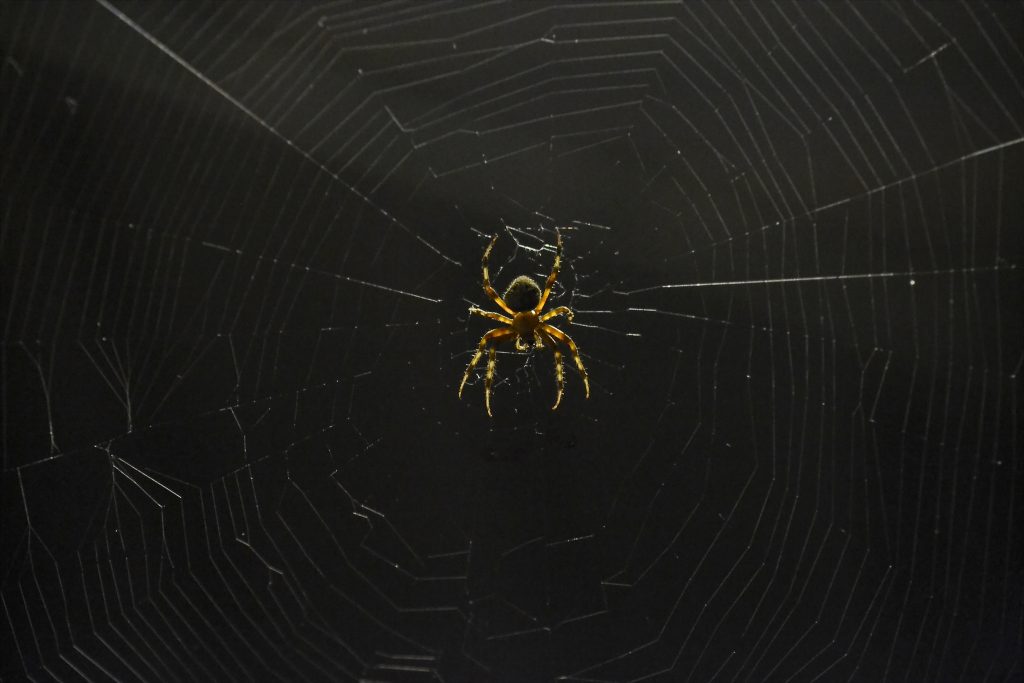If you want to sleep tonight, you might not want to keep reading this one. It turns out that spiders could be the real source of a future apocalypse, possibly being more dangerous than robots, AI, and an antibiotic crisis combined. In just one year — every year — the world’s spiders eat MORE flesh in a given year than ALL humans on Earth combined. So if they develop a taste for people at any point… Well… It’s over, I guess.
Spiders could eat all humans in a year and bring the apocalypse. Sleep well. Share on XNOLA.com was one of the first to break the story, thanks to a recent study published in the Science of Nature journal. The total biomass of all adult humans on earth is 287 million tons (roughly 357 million if you add in kids.) Spiders, meanwhile, consume between 400 million and 800 million tons of meat (prey) every year. So yeah, they could eat us all if they switched to a human-only diet.
They even eat more meat per year in general than we do. We only consume about 400 million tons of meat and fish per year.
Here are some more stats from the study to make you happy:
- Spiders, all together, weigh about 25 million tons. That equals 478 Titanics.
- Spiders eat about 10 percent of their body weight every DAY. A 200-pound guy would have to eat 20 pounds of meat a day to match this.
- An entomological survey found that 100 percent of North Carolina homes have spiders in them. Yay.
Here are some reactions online to the news:
God damnit, Washington Post https://t.co/hJIyOaCu43 pic.twitter.com/oZQ5aamoaX
— Eliot Nelson (@eliotnelson) March 28, 2017
Spiders. https://t.co/kOVGMVJfCp pic.twitter.com/Y7SVkk3UOe
— Christopher Ingraham (@_cingraham) March 28, 2017
This also means that the one time I jumped into the car and locked my husband out when he found spiders on the gas tank, and refused to unlock the door until he dealt with them… Well, that was a pretty smart survival instinct after all.
Like what you read? Join our email list to stay updated by clicking here and be sure to follow us on Twitter.

